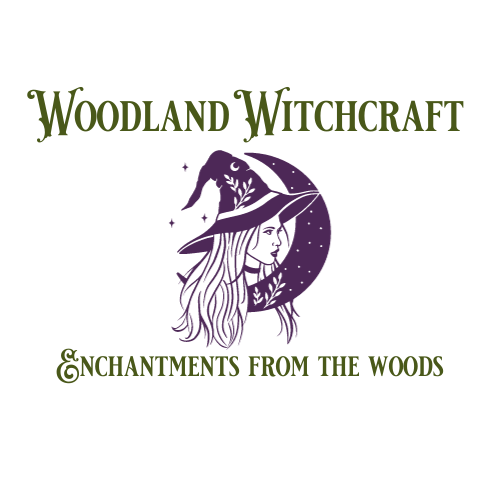In the days of ‘Old’ winter was a beautiful and magickal time of year. It was the season when the earth went quiet, and its inhabitants fell into hibernation. During the Winter Solstice, often referred to as Yule, family and friends came together in celebration & feasting, to embrace the very soul of the season.
Winter Solstice is a term describing a specific astronomical event. This is when the seasonal Wheel begins to rotate back toward the light. The night of the Solstice is the longest night of the year. However, after the Winter Solstice the days begin to lengthen, and warmth slowly returns to the earth. This usually happens around December 21st or 22nd. Midwinter is another term used for the Winter Solstice.
In the Pagan Old Way traditions, Yule is associated with the cycle of deities from different Pantheons, winter’s dangerous ferocity, or to the return & renewal of light and life. Myths and stories of Yule appear throughout our world’s cultural & religious traditions. As such they are interwoven with folklore & legend.
In Norse tradition, Frigg (or Frigga) is the Goddess of Winter & is strongly associated with the Winter Solstice. In Northern Europe the Solstice is known as “the Mother Night”. It is said that on that night Frigg labored to bring the Sun into the world.
The Saxons called Midwinter Modranicht “Night of Mothers”, describing the dark nights of this time of year. It is said that “Mother’s Night” was originally a Pagan Midwinter celebration, but the Saxons later moved the celebration to Christmas Eve & included an animal sacrifice to appease the angry winter gods.
In the Celtic pantheon, the Mother is the “old one”, also known as Cailleach. She is a divine hag-crone who rules between Samhain (October 31) to Beltane (May 1) & brings the darkness & icy cold death of winter to the world.
One of my favorite celebrations is the Solar Celebration that is held in honor of Apollo the Greek God of the Sun whose golden chariot drove the sun across the sky. In Apollo’s honor there would be great feasts & celebratory games. This was done to celebrate the “Birth of the Unconquered Sun”.
Gift giving is a huge part of Yule and Christmas these days, but originally gift giving was done to placate the winter gods & goddesses & to ask for their help to prevent famine & to stop the freezing weather. Other gifts were also given as gestures of love & goodwill.
The Yule log is also one of my favorite traditions. In times of old the Yule log was made of oak. However, a log of ash was said to bring luck & insight. Before the Yule log ceremony could take place, the home had to be cleansed & blessed. The women of the house would do the cleansing and blessing while the oldest male would go search for the Yule log. It was very important not to cut the log from a living tree as this would bring bad luck. Once the Yule log is brought home it was time to prepare it for the ceremony. This was done by carving runes or other symbols into it along with anointing it with pine, cedar, juniper & other evergreen oils as well as ale, mead, or whiskey. After anointing, it was time to decorate it with greenery & written prayers, all the while focusing on giving thanks to the evergreens for their endurance & for protecting them from the cold. After the decorating ceremony the log was then lit to bring heat & light to the darkness. By tradition it is best if the Yule log burns until morning. That is said to be a good omen for the future.
In Modern times, we have the luxury of steady heat, bright lights to light up the darkness & grocery stores to provide us with whatever food we want to eat whenever we want to eat it. However, many modern Pagans still embrace the magick of winter by making stews, drinking tea while curled up with a good book by the fire & wearing warm fuzzy sweaters to keep out the chill of winter.
Yule is still associated with the Wheel of the Year & the symbols we associate with Midwinter. A few of these symbols are birth & renewal, candles, the colors red, green & gold, evergreens, feasting & gifts to name a few.
Some fun activities for this time of year include creating a Seasonal Solstice altar, decorating your home with lights, creating winter luminarias with votives & mason jars, decorating your home with the greenery of evergreens & putting up a Solstice Tree.
A few of my favorite crafts for Midwinter are creating candles, making wreaths, creating a gratitude jar & making my own garlands out of dried orange slices and berries to bring good cheer.
I hope this Yule season brings unlimited joy & comfort to you and your families,
Xo ~Storm

